Justin P. Coon
Online Algorithm for Node Feature Forecasting in Temporal Graphs
Jan 30, 2024Abstract:In this paper, we propose an online algorithm "mspace" for forecasting node features in temporal graphs, which adeptly captures spatial cross-correlation among different nodes as well as the temporal autocorrelation within a node. The algorithm can be used for both probabilistic and deterministic multi-step forecasting, making it applicable for estimation and generation tasks. Comparative evaluations against various baselines, including graph neural network (GNN) based models and classical Kalman filters, demonstrate that mspace performs at par with the state-of-the-art and even surpasses them on some datasets. Importantly, mspace demonstrates consistent robustness across datasets with varying training sizes, a notable advantage over GNN-based methods requiring abundant training samples to learn the spatiotemporal trends in the data effectively. Therefore, employing mspace is advantageous in scenarios where the training sample availability is limited. Additionally, we establish theoretical bounds on multi-step forecasting error of mspace and show that it scales as $O(q)$ for $q$-step forecast.
A Primer on Temporal Graph Learning
Jan 09, 2024Abstract:This document aims to familiarize readers with temporal graph learning (TGL) through a concept-first approach. We have systematically presented vital concepts essential for understanding the workings of a TGL framework. In addition to qualitative explanations, we have incorporated mathematical formulations where applicable, enhancing the clarity of the text. Since TGL involves temporal and spatial learning, we introduce relevant learning architectures ranging from recurrent and convolutional neural networks to transformers and graph neural networks. We also discuss classical time series forecasting methods to inspire interpretable learning solutions for TGL.
Performance Analysis of RIS-Assisted Large-Scale Wireless Networks Using Stochastic Geometry
Aug 18, 2022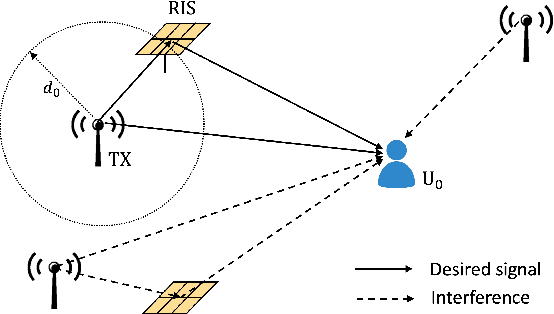
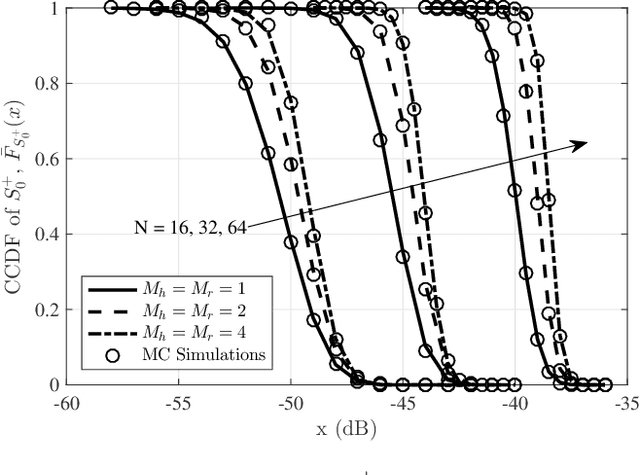
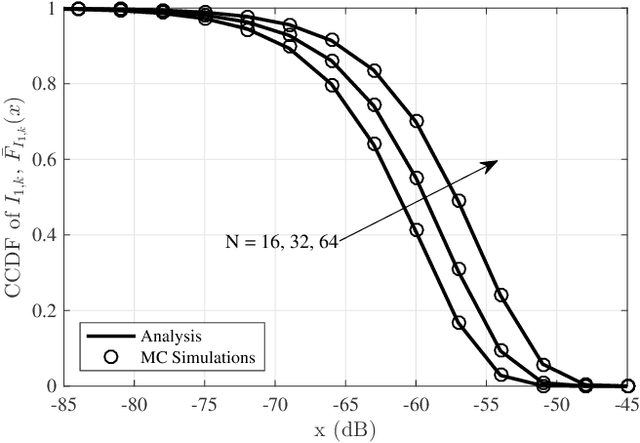
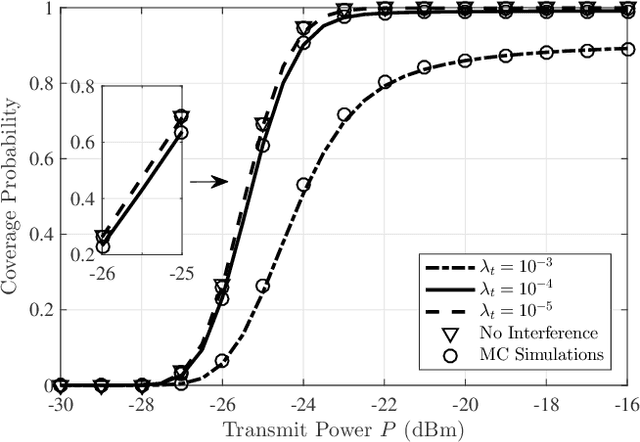
Abstract:In this paper, we investigate the performance of a reconfigurable intelligent surface (RIS) assisted large-scale network by characterizing the coverage probability and the average achievable rate using stochastic geometry. Considering the spatial correlation between transmitters (TXs) and RISs, their locations are jointly modelled by a Gauss-Poisson process (GPP). Two association strategies, i.e., nearest association and fixed association, are both discussed. For the RIS-aided transmission, the signal power distribution with a direct link is approximated by a gamma random variable using a moment matching method, and the Laplace transform of the aggregate interference power is derived in closed form. Based on these expressions, we analyze the channel hardening effect in the RIS-assisted transmission, the coverage probability, and the average achievable rate of the typical user. We derive the coverage probability expressions for the fixed association strategy and the nearest association strategy in an interference-limited scenario in closed form. Numerical results are provided to validate the analysis and illustrate the effectiveness of RIS-assisted transmission with passive beamforming in improving the system performance. Furthermore, it is also unveiled that the system performance is independent of the density of TXs with the nearest association strategy in the interference-limited scenario.
Simple Gray Coding and LLR Calculation for MDS Modulation Systems
Jan 20, 2022



Abstract:Due to dependence between codeword elements, index modulation (IM) and related modulation techniques struggle to provide simple solutions for practical problems such as Gray coding between information bits and constellation points; and low-complexity log-likelihood ratio (LLR) calculations for channel-encoded information bits. In this paper, we show that a modulation technique based on a simple maximum distance separable (MDS) code, in other words, MDS modulation, can provide simple yet effective solutions to these problems, rendering the MDS techniques more beneficial in the presence of coding. We also compare the coded error performance of the MDS methods with that of the IM methods and demonstrate that MDS modulation outperforms IM.
Performance Analysis of IOS-Assisted NOMA System with Channel Correlation and Phase Errors
Dec 21, 2021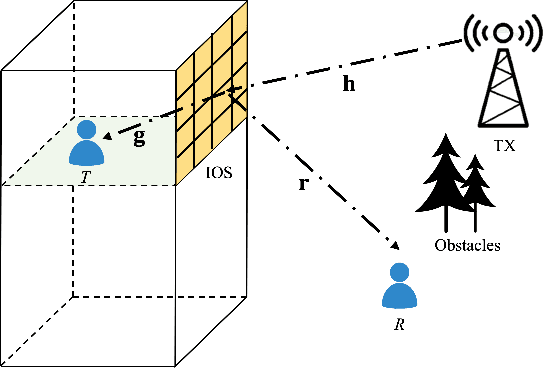
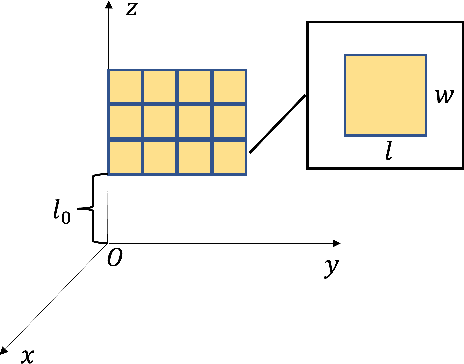
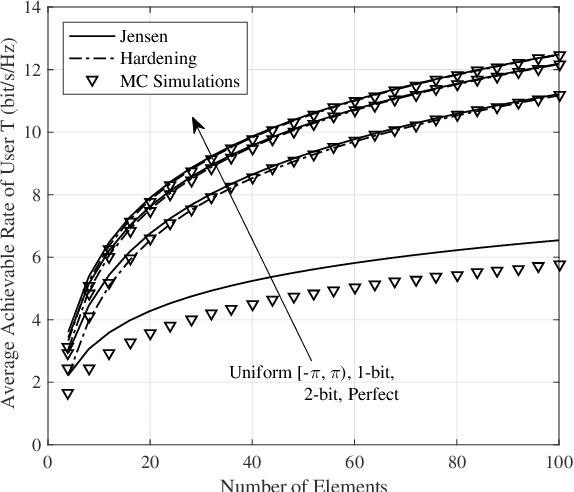
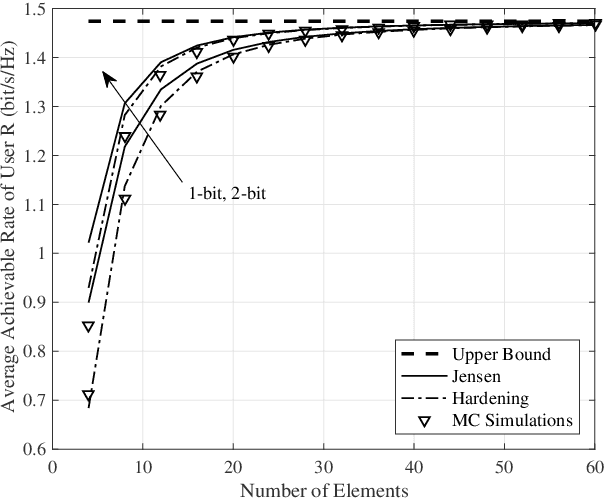
Abstract:In this paper, we investigate the performance of an intelligent omni-surface (IOS) assisted downlink non-orthogonal multiple access (NOMA) network with phase quantization errors and channel estimation errors, where the channels related to the IOS are spatially correlated. First, upper bounds on the average achievable rates of the two users are derived. Then, channel hardening is shown to occur in the proposed system, based on which we derive approximations of the average achievable rates of the two users. The analytical results illustrate that the proposed upper bound and approximation on the average achievable rate of the strong user are asymptotically equivalent in the number of elements. Furthermore, it is proved that the average achievable rates with correlated and uncorrelated channels are asymptotically equivalent for a large number of elements. Simulation results corroborate the theoretical analysis and show that the channel hardening effect appears even for a few elements. The impact of channel correlation on the system performance in terms of average achievable rates is negligible for a large number of elements.
Modulation Based On A Simple MDS Code: Achieving Better Error Performance Than Index Modulation and Related Schemes
Aug 10, 2021



Abstract:In this paper, we propose two novel modulation concepts based on a simple maximum distance separable (MDS) code { and show that these concepts can achieve better error performance than index modulation (IM) and related schemes.} In the first concept, we use amplitude and phase levels to form a simple MDS code, whereas, in the second one, in-phase and quadrature components of codeword elements are used to construct the MDS code. We depict practical schemes for using the proposed concepts with orthogonal frequency division multiplexing (OFDM). We analyze the performance in terms of the minimum Euclidean distance and bit error rate. We also show that the proposed techniques exhibit desirable properties such as efficient low-complexity detection, very simple bits-to-symbols, and symbols-to-bits mappings, and a better error performance when compared to the OFDM-IM and related schemes. More importantly, contrary to the vast majority of IM studies that focus on showing the superiority of the IM techniques against conventional modulation techniques, we show that modulation concepts based on a well-known MDS code can achieve better error performance than the IM and related schemes while exhibiting a structure as simple as these schemes.
 Add to Chrome
Add to Chrome Add to Firefox
Add to Firefox Add to Edge
Add to Edge